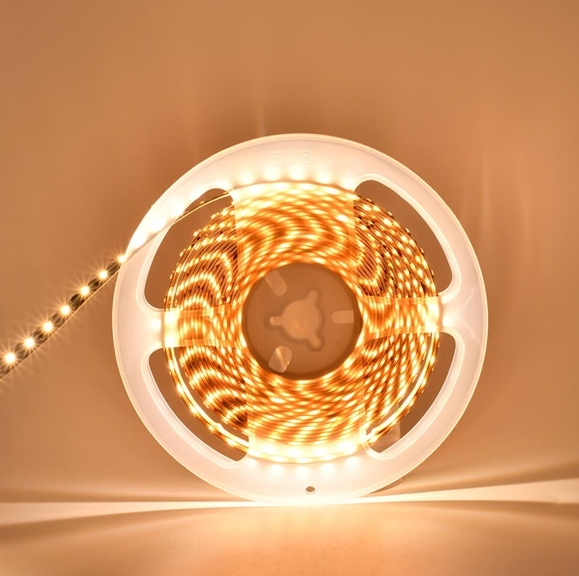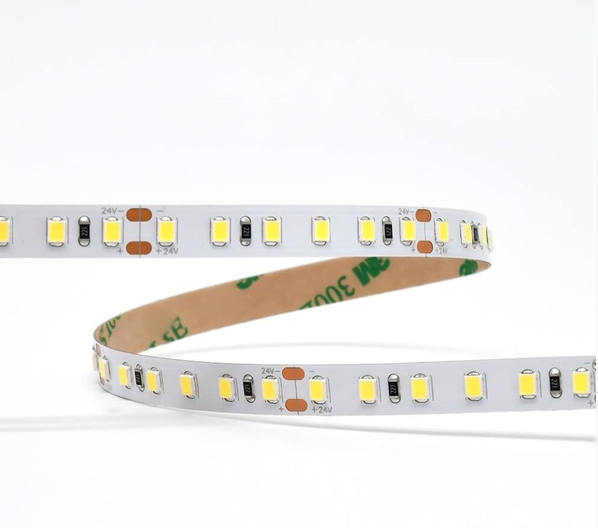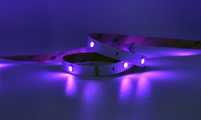Characteristics and application scenarios of LED low-voltage light strips

2835led strip
LED light strips are a product that has emerged in recent years. They were born with the development of LED technology. In the absence of LED light strips, T4 and T5 lamp tubes are used for backlighting. However, the small size of T4 and T5 lamp tubes is 0.3 meters, which means that if there is a place less than 0.3 meters, a dark area will be left. As for the LED light strip, the light is even and can be cut according to the actual length. It is very convenient. Add 3 meters in red and it will leave The lower dark area, and the LED light strips emit uniform light, and can be cut according to the actual length, which is very convenient. Plus the red LED light strips, the light is even, and can be cut according to the actual length, which is very convenient. Plus red, green, There are many light colors to choose from, including blue, yellow, white, warm white, and even seven-color variations. Nowadays, there are basically very few T4 and T5 tubes, and they are replaced by LED light strips.

LED low-voltage light strips refer to 5V, 12V, and 24V light strips. LED low-voltage light strips need to be used with an LED power supply (transformer) to convert household electricity 110V or 220V into 5V, 12V, and 24V voltage for normal operation of the light strip. The commonly used lamp bead models in the LED low-voltage light strip market are 3014, 2835, 5050, 5730, and 5054. 5052 and 5252 can be used to make various single-color light strips, two-color light strips, seven-color light strips, and magic light strips. The main advantages of LED low-voltage light strips are safety, easy cutting, wide application range, and can achieve more effects. Because the light strip is a low-voltage power supply, it is relatively safe and will not cause harm to the human body when touched by hand.
The low-voltage LED light strip from ZBLled light strip manufacturer is completely different from the high-voltage LED light strip in appearance. It does not have double alloy wires. Because of the low voltage, its wires are directly connected to the pcb circuit board. The main feature of low-voltage LED light strips is safety and reliability. A big drawback is that he can only go up to 5 meters. The length can only be about 10 meters. Of course, it can be longer if connected in parallel. Low-voltage LED light strips are not waterproof (ip20), glue-based and dust-proof (ip65), casings are rain-proof (ip67), casing grouting is fully drained (ip68) and other processes.
All LED power supplies (transformers) on the market have short-circuit protection and a wide input voltage range, making them safer to use and less likely to burn out. Traditional 12V light strips can be as short as 2.5CM and as narrow as 4mm. They can be flexibly used in products such as counters and shelves where high-voltage light strips cannot be installed. The lighting strip is programmable and can achieve LED display effects and various fancy effects.

LED low voltage light strip installation instructions
The main disadvantage of LED low-voltage light strips is that they are not easy to install and the cost is high. LED low-voltage light strips need to be used together with LED power supplies (transformers), and the number of light strips is different, and the required power and the number of LED power supplies are also different, which increases the cost. LED low-voltage light strips are limited by voltage drop, so the single length is recommended to be 5 meters each. Those exceeding 5 meters need to be connected in parallel to pull the main line.
Application scenarios of LED low voltage light strips
LED low-voltage light strips are currently mainly used in indoor projects, counters, shelves, light boxes and product interiors. LED low-voltage light strips can also be waterproof and are also suitable for some outdoor places, such as swimming pools. It is used in many KTV and outdoor lighting projects, such as the effect of lighting festivals.





